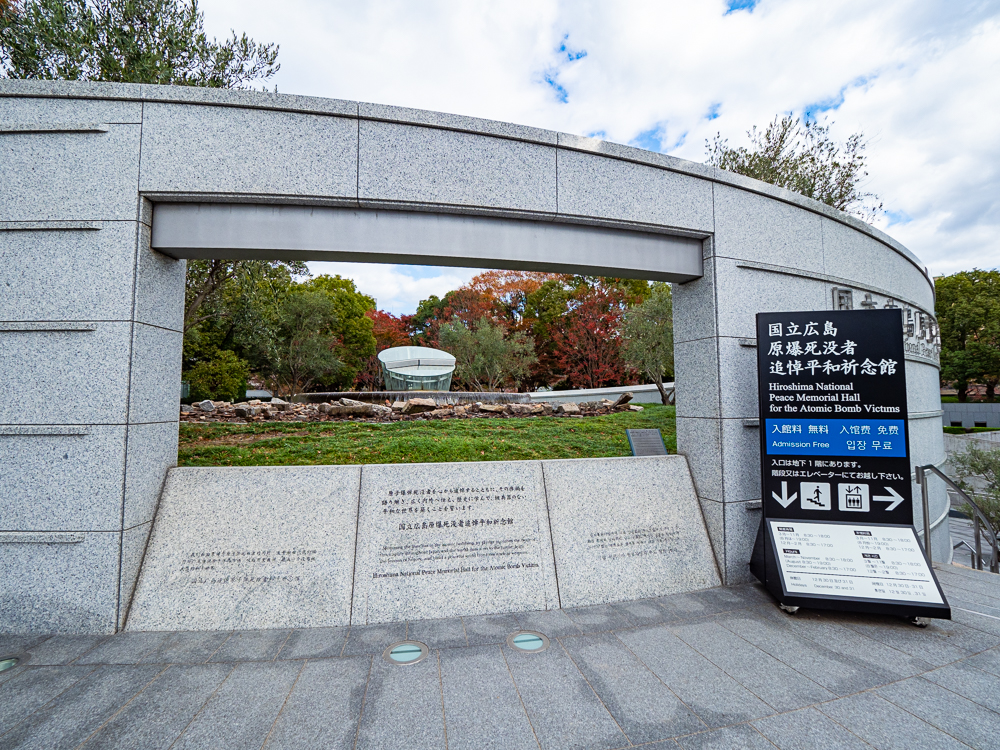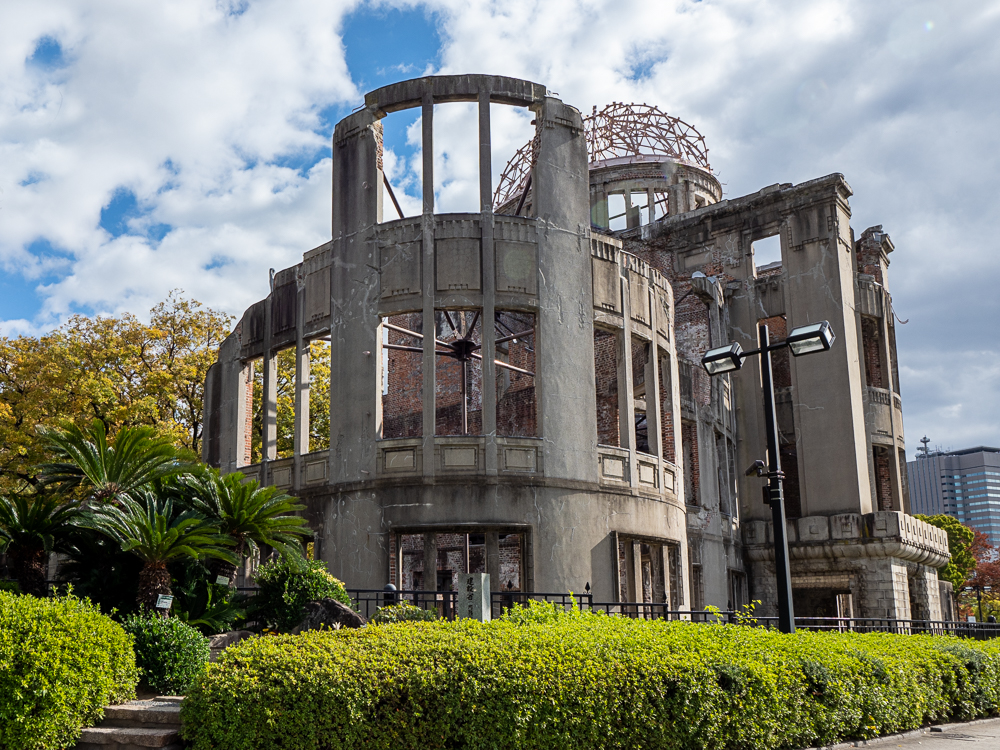In Japanese lore, the crane was thought to live for 1,000 years and the Japanese refer to this bird as the “bird of happiness.” Traditionally, it was believed that if one folded 1000 origami cranes, one’s wish would come true. It has also become a symbol of hope and healing during challenging times. Yuji Sasaki was a Japanese girl who was two years old when she was exposed to radiation from the atomic bombing of Hiroshima during World War II. Sasaki soon developed leukemia and, at age 12 after spending a significant amount of time in a hospital, began making origami cranes with the goal of making one thousand, inspired by the senbazuru legend. In a fictionalized version of the story, as told in the book Sadako and the Thousand Paper Cranes, she folded only 644 before she became too weak to fold anymore, and died on 25 of October 1955; in her honor, her classmates felt empathy and agreed to complete the rest for her, which was 356 cranes to fold. In the version of the story told by her family and classmates, the Hiroshima Peace Memorial Museum states that she did complete the 1,000 cranes and continued past that when her wish did not come true (some direct quotes from Wikipedia). Here are two photos of the statue of Sadako holding a crane in Hiroshima Peace Park and one photo of students visiting Hiroshima and this special memorial.
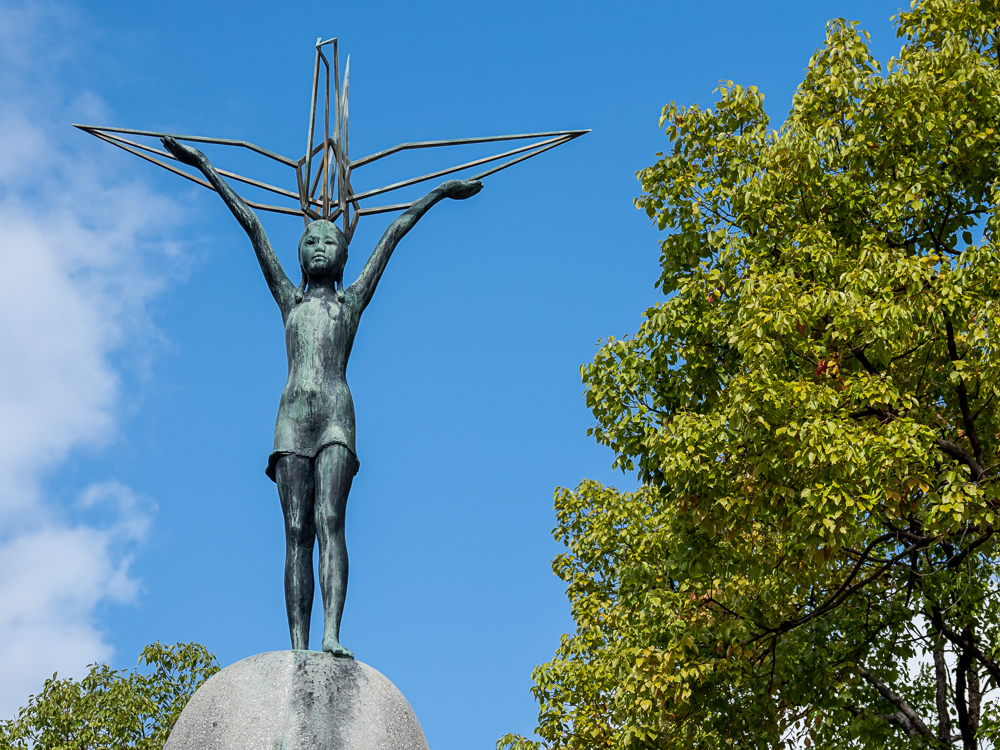
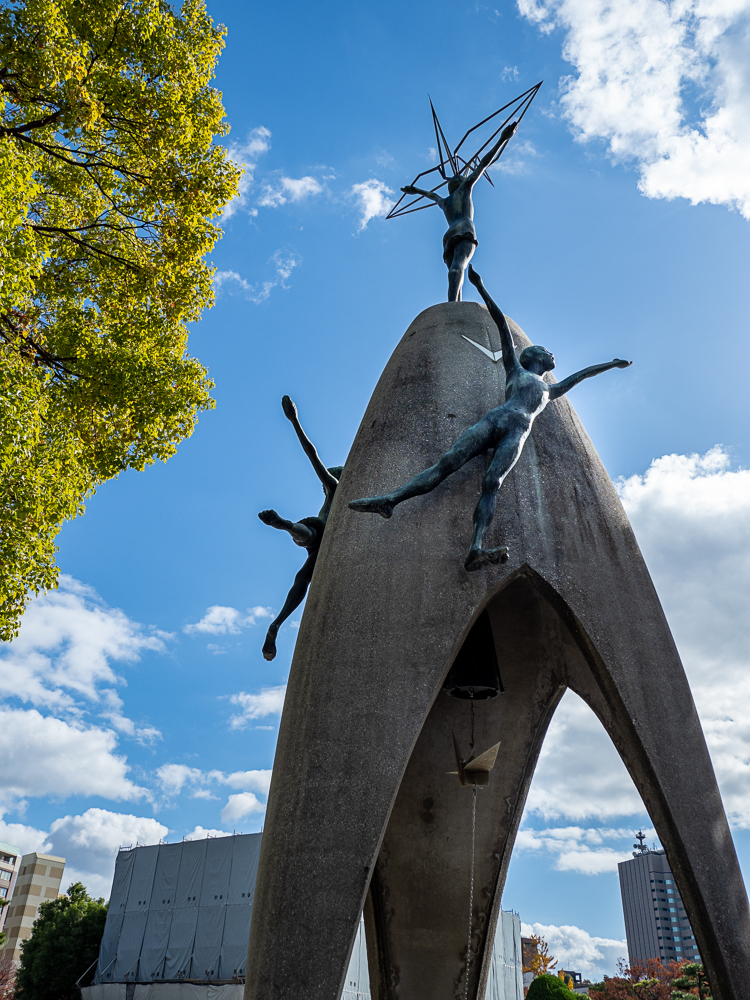
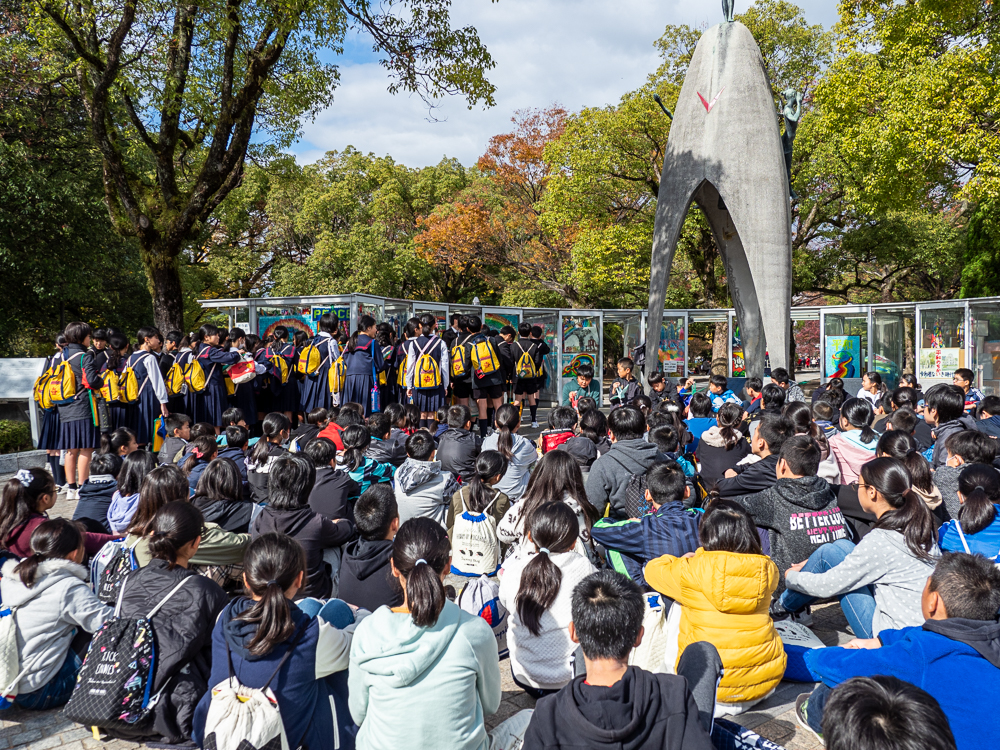
One of the displays of the origami cranes…
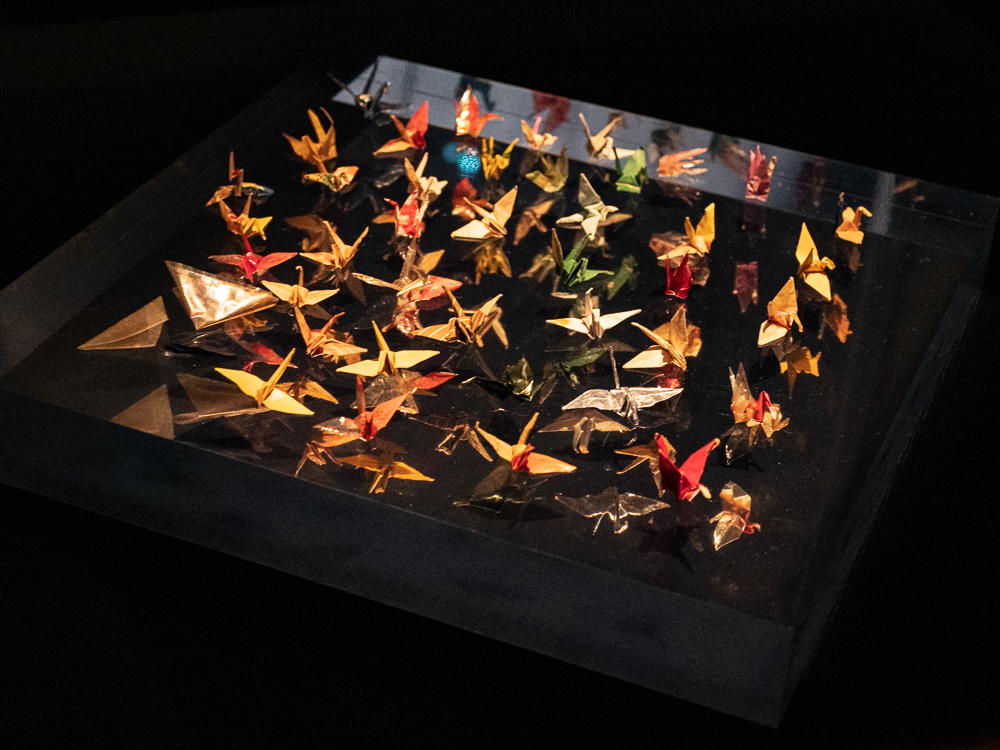
The Hiroshima National Peace Park is an impressive place. It is visited by Japanese and foreign tourists as well as many students.
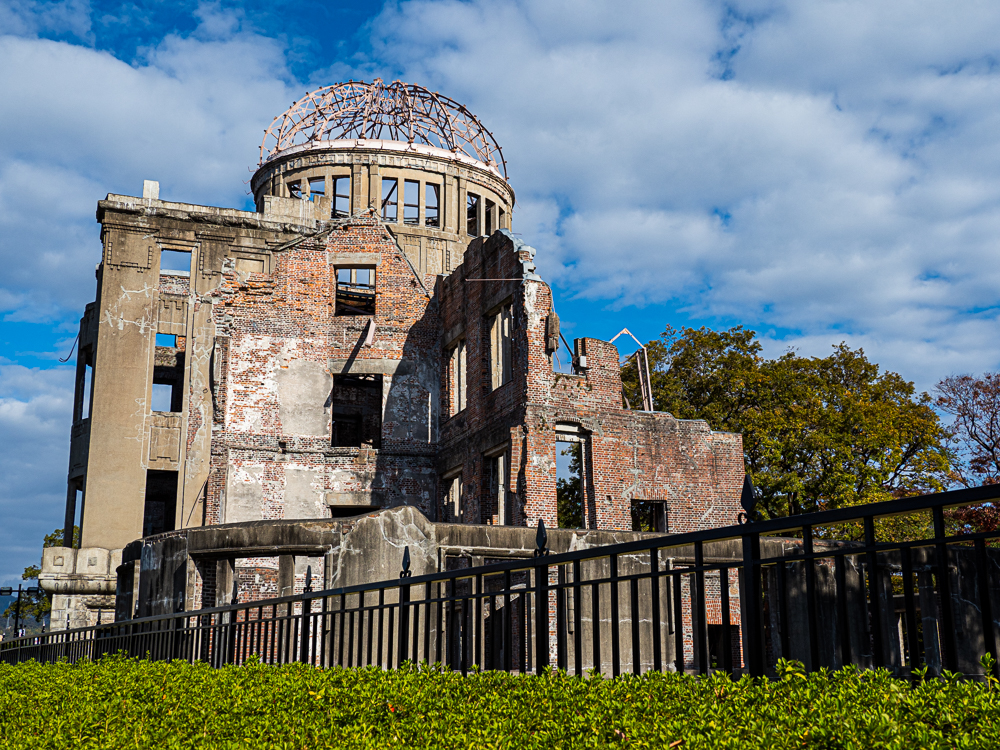
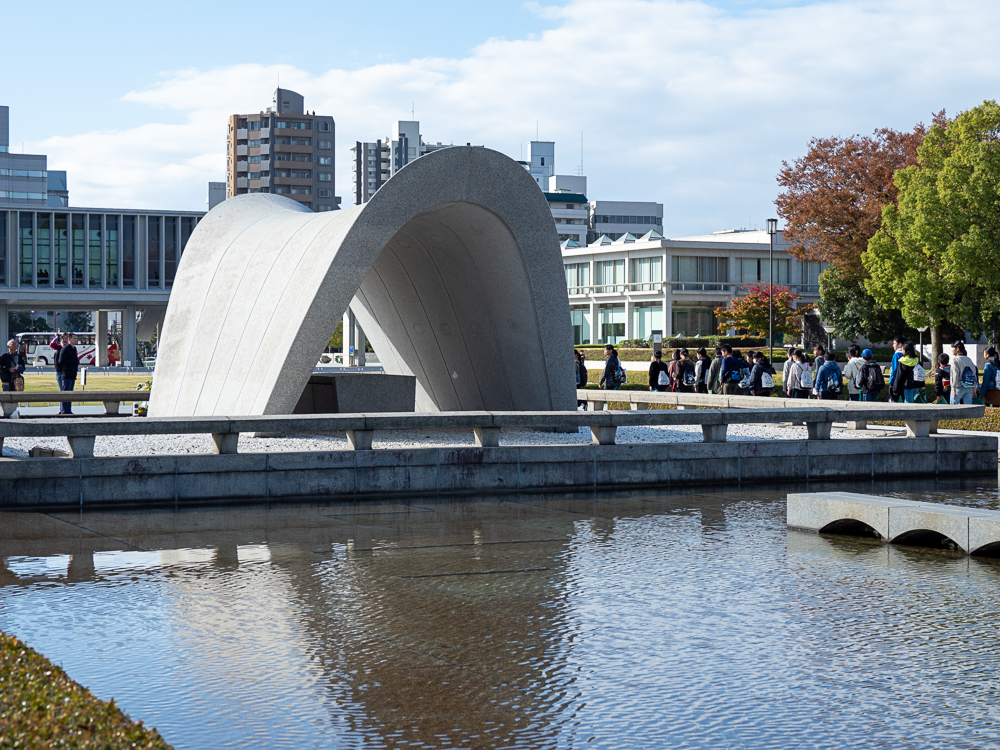
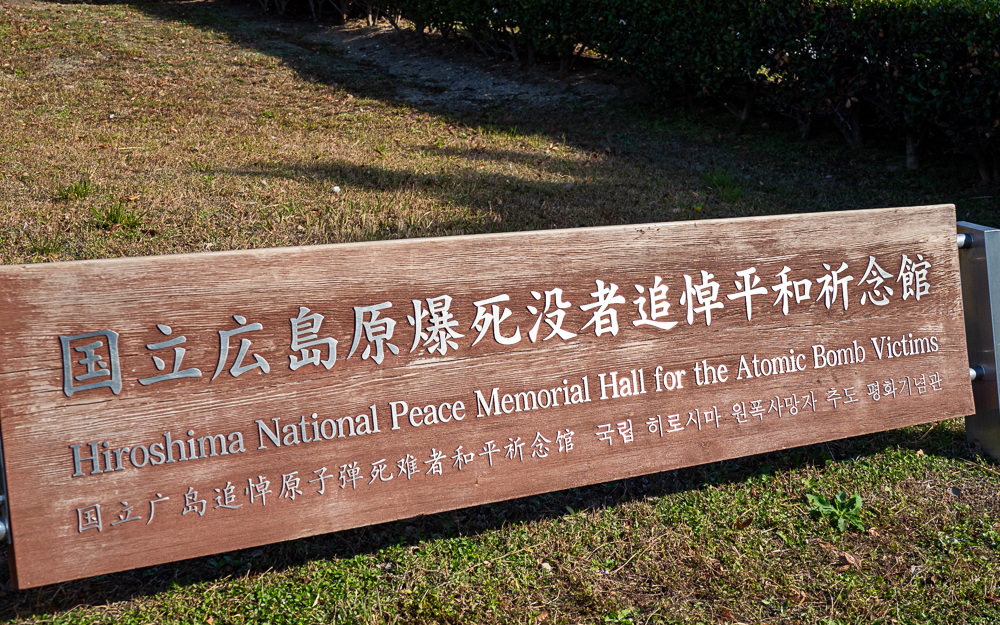
Inside the museum and various other buildings there are impressive displays including the following.
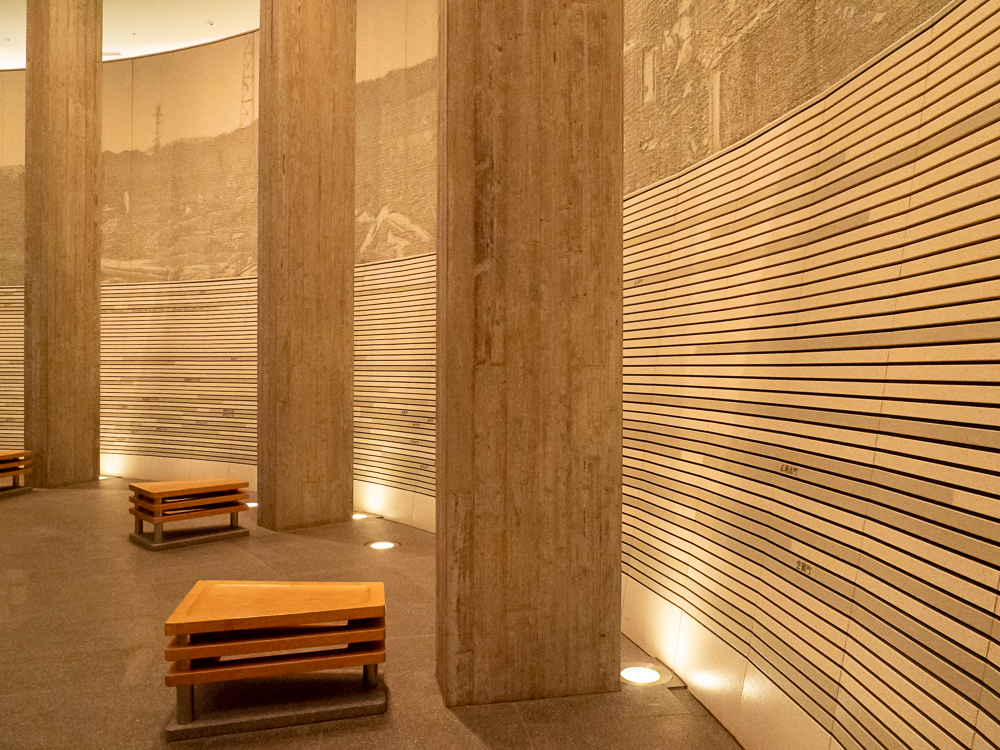
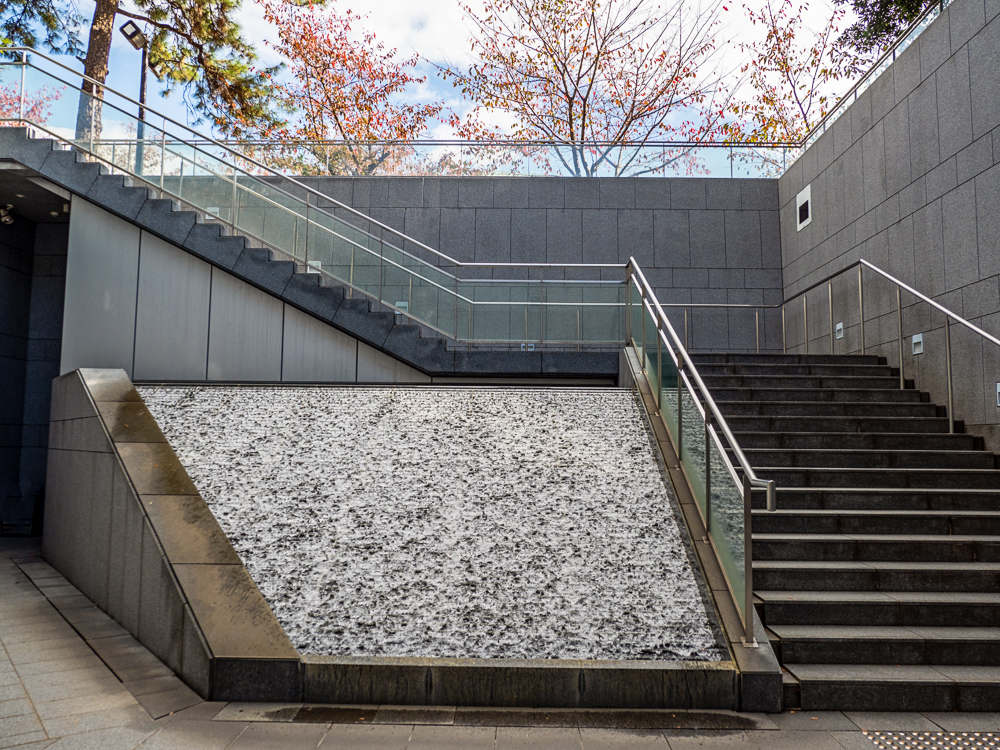
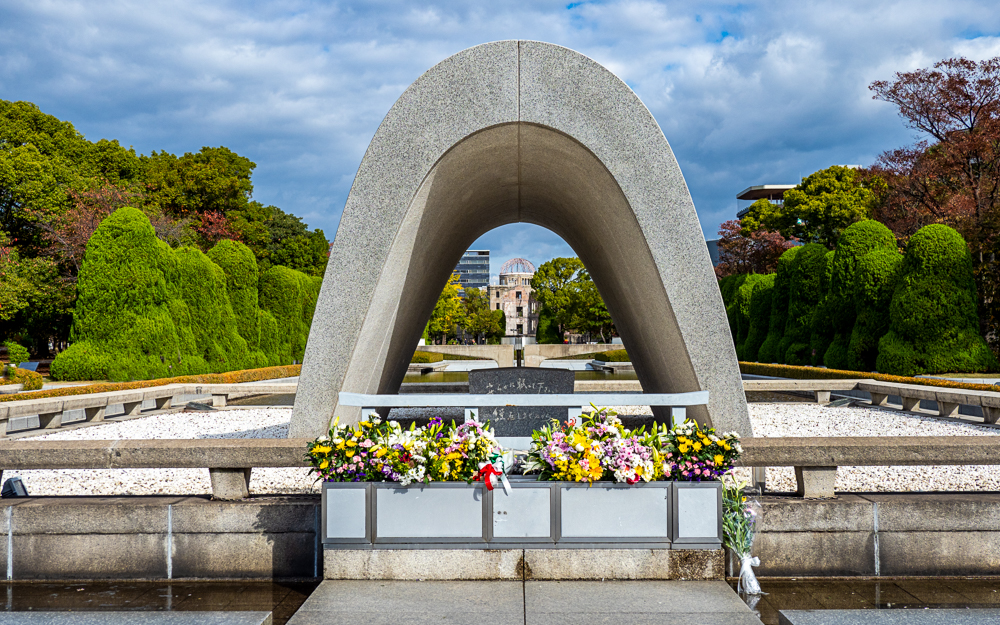
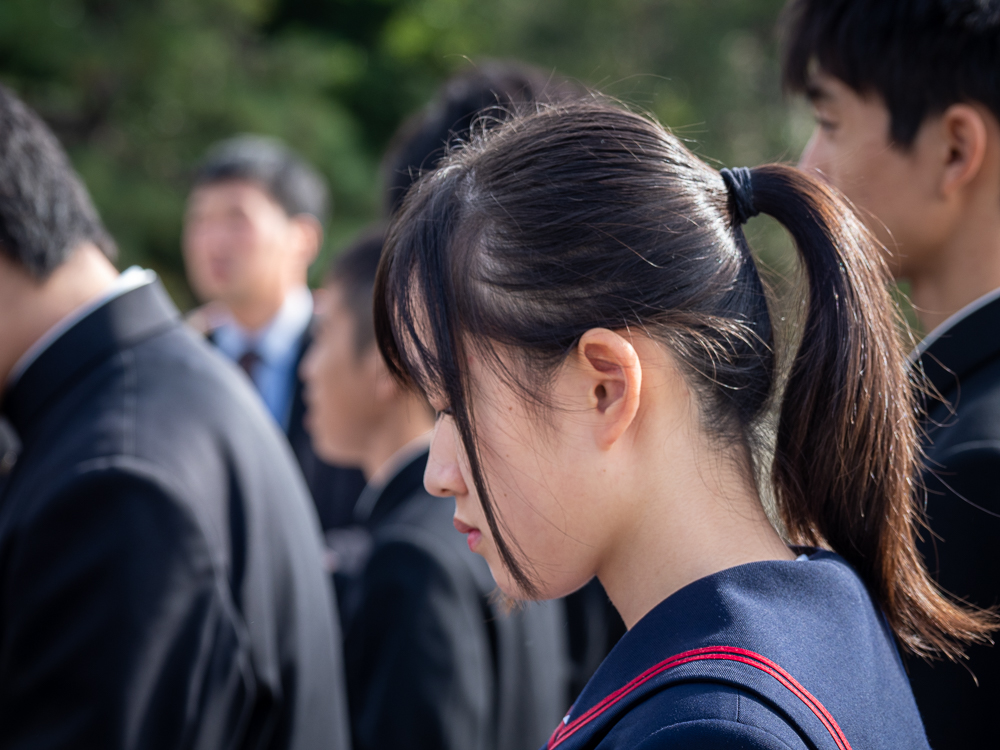
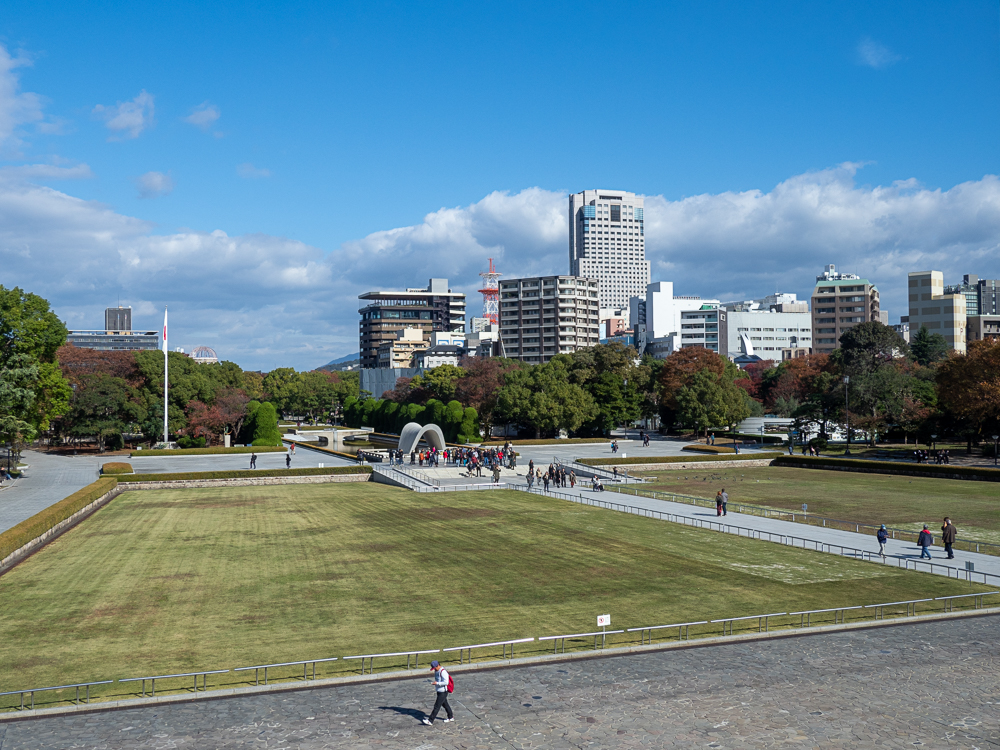
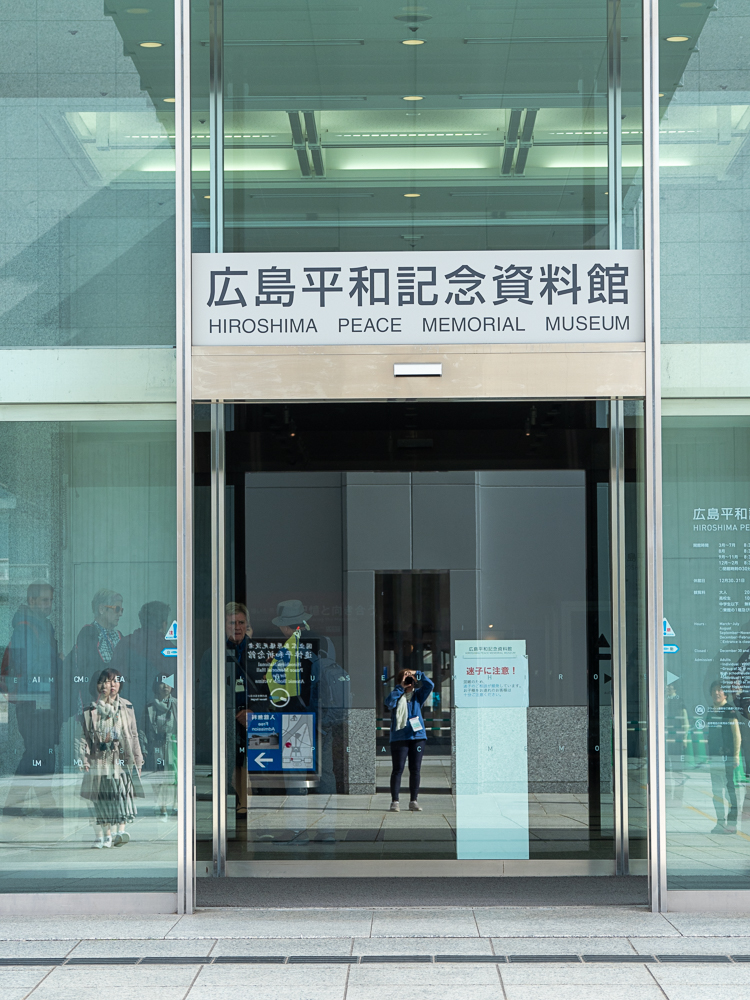
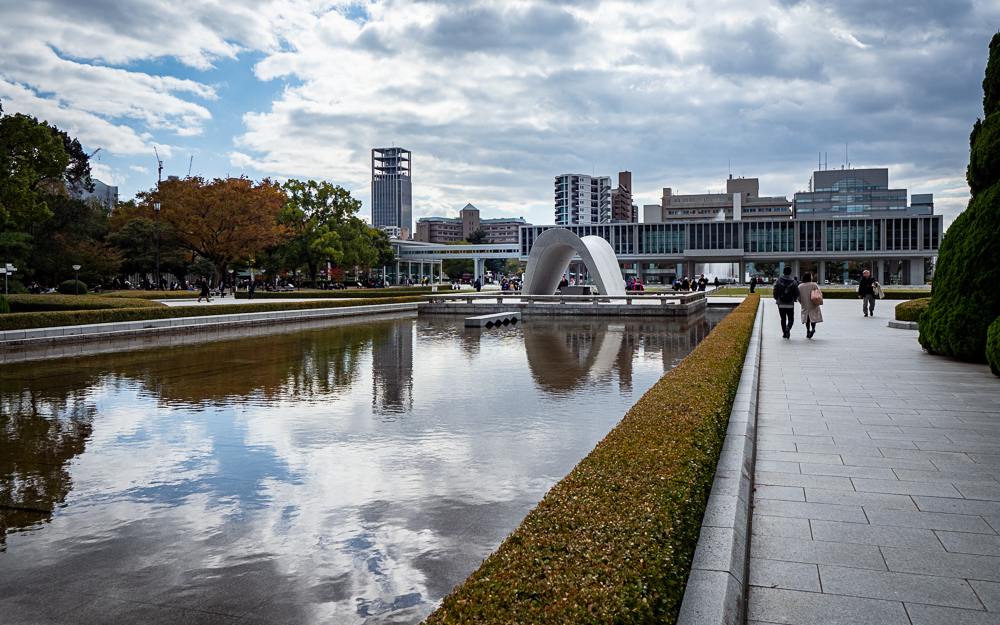
The atomic bomb hit at 8:15 – hence the monument symbolizing that time is set in the memorial park.
